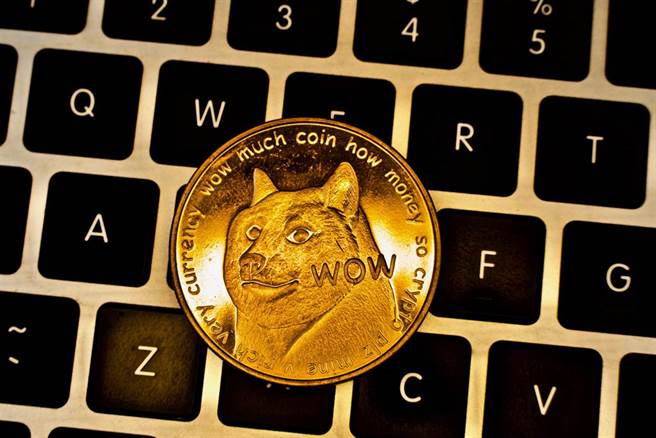Coins have played an integral role in human history for thousands of years. These small, metallic discs are not just a means of exchange; they are windows into the past, reflecting the art, culture, and economic evolution of societies throughout time. In this article, we embark on a captivating journey through the world of 狗狗幣未來, exploring their significance and the diverse forms they have taken across different civilizations.
The Birth of Coinage: The concept of coinage can be traced back to ancient civilizations such as the Lydians in modern-day Turkey, who are credited with minting the world’s first coins around 600 BCE. Prior to this, various forms of currency were used, including barter systems and objects like shells and grain. Coins revolutionized trade by providing a standardized and easily transportable form of money.
Artistry in Miniature: Coins are not merely utilitarian; they are also artistic masterpieces. Throughout history, rulers and governments used coinage as a canvas to depict their power, values, and culture. Ancient Greek coins, for instance, featured intricate engravings of gods, heroes, and mythological creatures, while Roman coins bore the likenesses of emperors and symbols of their reigns. These miniature works of art provide insights into the aesthetics and ideals of their respective eras.
Cultural Significance: Coins serve as potent cultural artifacts, reflecting the diversity of the world’s civilizations. From Chinese cash coins with their square holes to Indian rupees adorned with symbols of religious significance, these small metal disks are windows into the beliefs and values of societies across the globe. They often feature inscriptions in various languages, further showcasing the linguistic diversity of humanity.



